Farrar Family History & Genealogy
Farrar Last Name History & Origin
AddHistory
We don't have any information on the history of the Farrar name. Have information to share?
Name Origin
We don't have any information on the origins of the Farrar name. Have information to share?
Spellings & Pronunciations
We don't have any alternate spellings or pronunciation information on the Farrar name. Have information to share?
Nationality & Ethnicity
We don't have any information on the nationality / ethnicity of the Farrar name. Have information to share?
Famous People named Farrar
Are there famous people from the Farrar family? Share their story.
Early Farrars
These are the earliest records we have of the Farrar family.

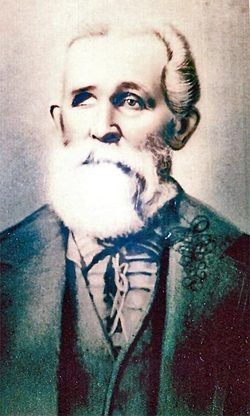

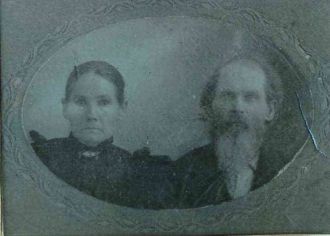

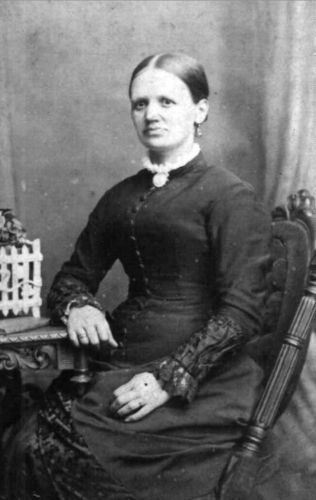
Farrar Family Members
Farrar Family Photos
Discover Farrar family photos shared by the community. These photos contain people and places related to the Farrar last name.



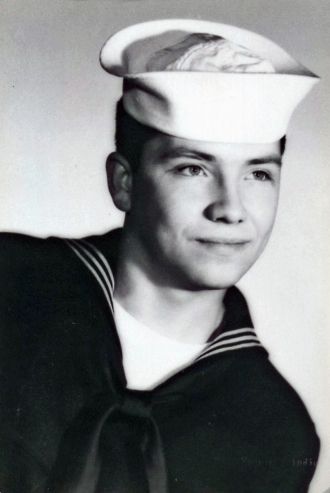
People in photo include: Floyd Farrar

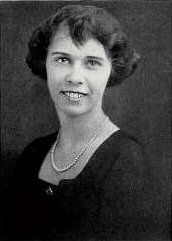
People in photo include: Louise Elizabeth Farrar


People in photo include: Zella Farrar

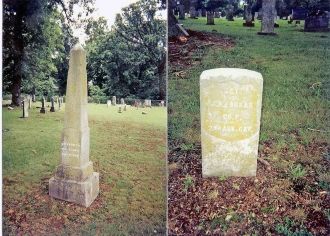
Born in Perry County ALABAMA Feb 12, 1823 and passed away June 24, 1899
The photo was taken by a genealogist and posted at Ancestry.
I have lost the info on the person's name whom took it.

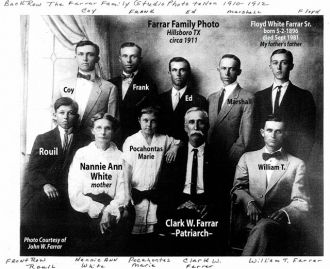

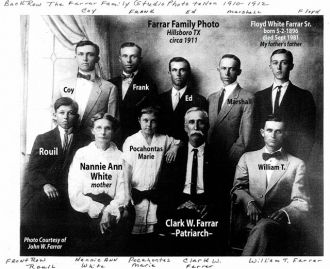

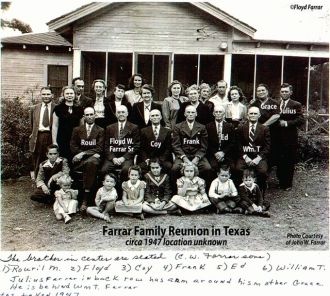

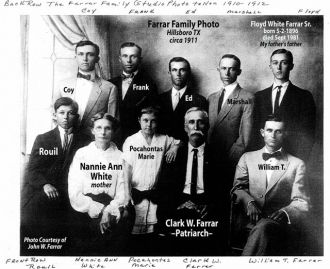
Farrar Family Tree
Discover the most common names, oldest records and life expectancy of people with the last name Farrar.
Updated Farrar Biographies
Popular Farrar Biographies


Farrar Death Records & Life Expectancy
The average age of a Farrar family member is 73.0 years old according to our database of 6,080 people with the last name Farrar that have a birth and death date listed.
Life Expectancy
Oldest Farrars
These are the longest-lived members of the Farrar family on AncientFaces.
Other Farrar Records
Share memories about your Farrar family
Leave comments and ask questions related to the Farrar family.
 Floyd Farrar
Floyd Farrar  Floyd Farrar
Floyd Farrar I attended the closing of Long Beach Naval Station on September 30, 1994. It was held on the lawn outside the old main administration building. I gazed out over the water and was very near the pier 9 that I talked about. It was devoid of all the ships I mentioned. In fact the only things there were decommissioned ships waiting to be towed over to Southwest Marine in San Pedro to the scrap yards. Incredibly one was the USS Coral Sea, another at the head of the pier was a submarine rescue vessel. One down at the end of pier 9 was incredibly the repair ship USS Frontier. Guess I kinda had come full circle. My mind’s eye still went back to what I was used to seeing from my vantage point on the lawn. The veritable sea’s of gray masts, large and small. Gray hulls with white numbers by the hundreds. The sounds of whistles, ship’s bells, PA systems, salt water smells, white wakes from all the small boats, the large ships, the small ships, along with the smell of fuel oil, diesel fuel and tuna boat smells from the canneries on Terminal Island. Not to mention the hustle and bustle of the base itself. I worked the base messhall once waiting for my ship back in September of ‘58, and vaguely remember being told we fed over three thousand at each meal! White hats and bodies were everywhere you could see. I could go on and on…Paydays were a real trip, you didn’t know that many were on that base until you left the gate to try to go to town! Downtown Long Beach on payday was a sight to behold, from Magnolia and Ocean to Atlantic and up to Broadway it was wall to wall sailors. Now the Pike was another story in and of itself…
However, all was very quiet that day, many like me were left with only our memories.
I was the only ex-minesweep sailor present at the closing, out of the thousands who I know came through there. I told anyone who would listen about the minesweeps based there, including the names and squadrons. A few remembered, but most didn’t seem to care. They were mostly interested in the capital ships that used to be there, the USS New Jersey and USS Missouri, the USS Los Angeles, and others including some of the Essex class carriers too numerous to mention. Can’t blame em, they were very impressive when I viewed them too. But hey, we were there too damnit. We worked hard, sweated, and gave out our best when it was needed, even if we weren’t glamorous like them others. Our little ships worked hard and we played hard too. I touted my organization, The Naval Mine Sweep Ocean Association (NMSOA) the best I could, but as I said, not many could relate to what I remember, at least as it pertained to minesweepers or any of the smaller craft assigned to Long Beach Naval Station.
I also attended the last public visit to the base on May 31, 1998, to take pictures and to sign my name and remembrances for the time capsule. Things for me had come full circle; the base as I knew it was no more. In it’s place I saw weeds, pealing paint on buildings and the spirits of many like me who had gone before. I could picture myself again, a young nineteen, walking up to the Administration Building in my crisp uniform of the day, undress whites, to deliver some paperwork from our skipper. It was in early May 1960, just before we were to get underway for Japan. It seemed only like yesterday…
I felt as though Rod Serling was going to jump out and say you have joined the Twilight Zone…
I could and should do an entire article on the Long Beach Naval Base that I knew very well from the early fifties to the time it closed. My mom and dad had a friend who commanded an oiler during the Korean War. So I got to go there many times even if I was only about ten to twelve years old at the time, I remember it very well. My mom took us to Pierpoint landing in the early 50’s to watch the return of the Missouri from Korea duty. I still remember it to this day. We rode the big Red Street Cars down from LA, then over to see it sail in past the mole. It’s a shame to see the old place going to seed now as I worked across the street at Terminal Island near Gate 5 of the now to be shut-down Naval Shipyard. I was employed in the operations division of Southern California Edison at a gas turbine electric generation station power plant just under the Gerald Desmond Bridge and only a few miles from the Queen Mary. I would top the bridge every day going to work and slowly watch the base and shipyard winding down. I left work early and watched them decommission the USS Missouri and watched them tow it though and out the outer breakwater, and head north to Washington. Through my field glasses from the roof of my station under the bridge, I watched many ships come in just to be decommissioned and towed over to the scrap yards on Terminal Island just across from San Pedro’s Sea Port village. They brought the USS Ranger down and it stayed in dry dock one to be fitted out for mothballing. I saw it leave also. I knew as I watched these events that it was also time for me to leave too, I retired in October of ‘96. It was sad sitting at a restaurant near the LA Maritime museum and watching a very famous ship such as the “Bonnie Dick” be ingloriously towed down the channel to be chopped up and probably return as a Toyota, Honda or a Panasonic Air Conditioner!
My wife and I have a daughter and grand kids that live in San Pedro, so we can get a view as to what is happening to the area on a frequent basis, it isn’t very pretty. Everything is gone, the old base is flattened for container storage, and the red grasshopper cranes dot the area, only the mole remains. Oh well, time marches on and progress is, well, on going. …
Still, they’ll never take this old sailor’s memories away…
Floyd Farrar
USS Inflict (MSO-456)
Long Beach Naval Station 1958-1963
Followers & Sources

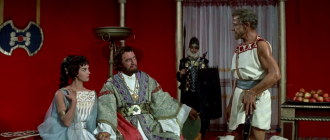

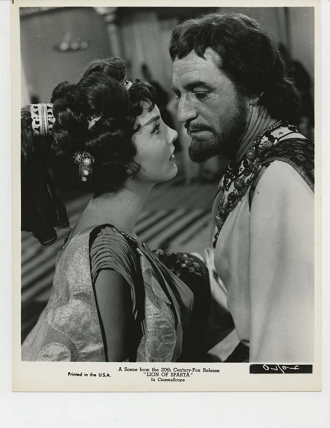

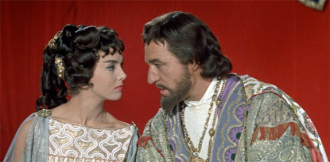


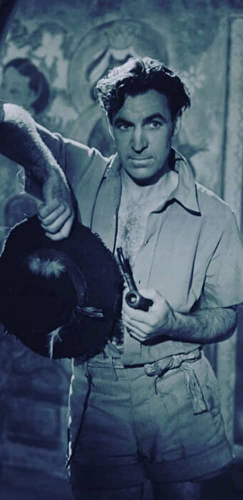

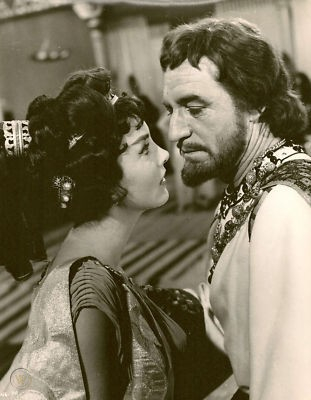
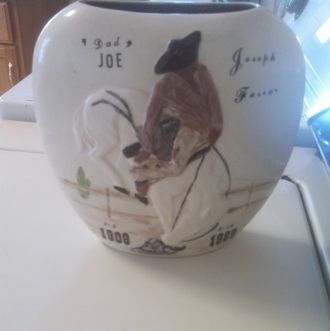

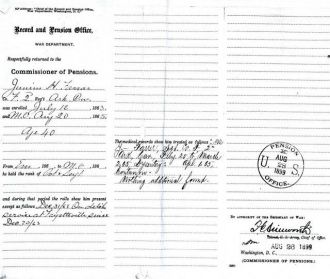
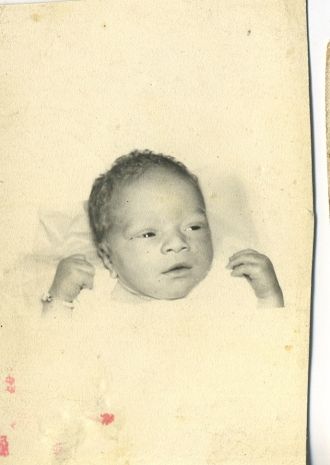



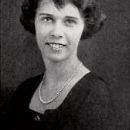
Edited & Submitted by direct descendent, Floyd L. Farrar
Camp Cmdr & Historian & Newsletter Editor
Sons of Union Veterans of the Civil War, Sedgwick-Granger Camp 17, Santa Ana -Tustin CA
My great-great grandfather Junius Henry Farrar was born 12 Feb. 1823, Perry County, Alabama. His father, John Howard “Jack” Farrar, a confirmed veteran of the War of 1812 in the 10th Regiment of the US Infantry, moved to Lincoln/Bedford Counties of Tennessee around 1830-1834. Ultimately he went to Benton County, Arkansas without his wife where he passed away in 1865.
Grandfather Junius was married to Catherine Nail on July 7th 1843, at the residence of Ben Hubbard in Benton County, Arkansas by pastor Jimmie Cowan. They had ten children between 1843 and 1863, eight boys and two girls, the eighth child was Clark Wallace Farrar, my great grandfather, born in 1857 in Benton County AR. Junius and brother Albert Galitin (spelling on middle name is questionable) migrated to Benton County, AR around 1854. According to general land records, Junius registered 40 acres on Nov. 15, 1854 and again on February 1, 1860, he registered 40 more acres next to his brother Albert’s section. Then again on July 1, 1861, I find him registering 40 more acres near the same section in and around Elm Springs AR.
According to his testimony taken on January 10th 1873, when he filed a claim against the US government of his farm being foraged by Union forces under a General Blunt. He states that he had a 355-acre farm, seventy of which was under cultivation, at Elm Springs, ten miles south of Bentonville, Arkansas. From his own words it was around three miles east of Elm Springs.
Ironically from his testimony, Junius stated that he tried to enlist in the Union Army on April 1st 1863 in Fayetteville but the 1st AR Cavalry surgeon turned him down on account of an unstated disability. He accompanied the command in their retreat to Springfield, MO as the 2nd AR Cavalry was being formed there. He applied again and was successful at enlisting. Grandfather Junius including his two sons, John and Nicholas, were inducted at Fayetteville AR. On July 12, 1863, Junius at age 40 was sworn in as a Sergeant in Company F, 2nd Arkansas Cavalry, Union Army.
The deposition taken in his claim, including the words of his wife Cassie, sons John, and Nicholas about the Union army’s foraging of his farm before joining the army, is over twenty-eight pages of hand written material. It is the stuff of documentaries on the History Channel! I wondered why the entire document was hand written. It finally dawned on me that in 1873 in rural Arkansas; stenographers were in short supply (Pitman shorthand was invented in 1837 but not widely used, and the commonly used Gregg shorthand was invented in 1888) and tape recorders were not invented yet. Depositions and testimonies were done in long hand and written with flourishing penmanship.
As I have learned from his own words, life as a civilian farmer in the Ozarks of northwest Arkansas during the War of the Rebellion, especially if you were a unionist, were incredibly difficult and very stressful. Man made, life-threatening events were commonplace. I will try to hit only the highlights of his testimony before the claims commissioner in January of 1873.
The following is a very brief outline of over thirty hand-written pages of Junius’ claim filed for restitution by Union forces foraging his farm before he enlisted in the Army:
Junius learns in the fall of 1862, that a rebel company commander by the name of Brown wants to find him and hang him for being a union sympathizer. His brother in law, (not named by Junius, but my investigation shows most likely it was James Garrett, wife Cassie’s sister Elizabeth’s husband…1860 Census Benton County AR resident or maybe Charlie Nail, Cassie’s brother, rebel & half Cherokee Indian) and “a rebel” (his words) said that the only way to save his life, as he had no chance to escape this fellow, was to join a group of confederate home guard. He did this and was placed into a loose knit militia group. He says that they “armed themselves.” He states emphatically that he did it to save his life and was not sworn in or had any allegiance to the south. They were stationed “in the woods” for less than two weeks and were detailed to keep people and confederate troops from eating fruit from the farm trees. He escapes and returns home.
He states that from the spring of 1862, onward his farm was occasionally raided and robbed by Cherokees, Confederates, and then Union forces. He describes loosing crops in the fields, livestock, mules, and at least four head of horses including their tack. He said his life and the lives of his family were in constant danger. They lived with threats constantly of being killed or maimed by one side or another. He describes being robbed repeatedly by the Arkansas rebel home guard. Then the robbers cursed him for being a “damned old man” and not having anything more of value to steal! Junius further describes being robbed and threatened by Bushwhackers on a trip home from Fayetteville in March of 1863. (The above paragraph was much more detailed than I have described it in this narrative and was handwritten. Back then penmanship was either very good or very bad and the wording is sometimes very hard to understand)
See page six for Addendums graciously submitted to me by cousin Hontas Hines of west Texas:
After he went into the army and the Union forces seemed in control his family lived in some kind of peace and “raised a little stuff” (his words). Then in the fall of 1864, his family was robbed once again and the house was burned, all on account of him being a “union man.” The family then left for Green County MO where I assume they stayed with friends or relatives. It was well known that granddad and his sons were Union Soldiers and the southern factions did not like this.
Junius clearly describes his farm being foraged by Union forces commanded by General Blunt.* He tells of exactly what was taken and how many wagonloads left his farm. He calculated closely how much it cost too. Junius was taking four mules to town to sell. Union soldiers accosted him on the road and forced him to relinquish the stock, stole his bridle and saddle, then let him go under death threats! He said he was glad to get away with his life.
He then recounts how he saw a Col. Hart riding HIS mule in town and told him of it. The Union officer said he purchased it from the Quartermaster legitimately. He was indignant about this (my words) and graphically described the mules stolen from him to the officer and in effect was brushed aside. Junius told the interviewer in no uncertain terms that the fine brown mule, fifteen hands high was worth at least one hundred and fifty dollars, “green backs.” (This figures prominently in his monetary settlement from the US Government)
During his army service I found he had one bout with dysentery from Feb. 25 of 1865 thru March 1st. He was honorably discharged and mustered out at Memphis TN on Aug. 20, 1865. As best I can tell Junius, and his two sons walked back his family in Green County, Missouri. Where they had fled after his family house on the farm was burned. This is a part of the puzzle that I have yet to find out the full details but I am working on it.
*NOTE: General James Gillpatrick BLUNT Born July 21, 1826, in Trenton ME Died July 27 1881, Washington DC
Pre-War Profession Sailor, doctor. Post War Career Doctor, claims agent.
War Service: July 1861 recruited the "Kansas Brigade" in which he commanded a cavalry regiment. In April of 1862 he was appointed Brig. Gen. of Volunteers and commanded Dept. of Kansas, Old Fort Wayne, commanded 1st Div/Army of the Frontier, Prairie Grove, November 1862 promoted Maj. Gen. of Volunteers and opposed Sterling Price's Missouri raid. He commanded Districts in Arkansas and Kansas, then dismissed from command after his wagon train was attacked by guerillas and sent to recruiting duty.
Junius’ claim against the US Government was for $710.32 and filed in early 1873. It was settled December 14, 1874 for $160.00, and a check was issued in March of 1875. Even with many pages of testimony they said without direct witnesses, the stolen mule was the only thing they would allow.
He tells of witnesses who lived near him but all had been killed, vanished, or moved to the western territories, and he had no addresses for them. Only one friend (I could not make out his name) from the 48th MO Infantry, Union Army testified in his behalf and confirmed his mule story. So this is exactly what the courts would allow for the claim.
In further hand written addendums wife Cassie, sons John and Nicholas describe in greater detail the foraging of the farm by General Blunt’s men. While great reading, is too long to include here.
The deposition sworn on March 28, 1873 in Bentonville AR
There were at least ten more pages of hand written history of Junius’ later years describing his health and medical problems. Then dealing with the government on filing claims for medical treatment expenses. He lost a left eye in the late 1880s due to an ulcerated infection, reason not given. He had major kidney and urinary tract infections also about this time. The government treated his problems but he had trouble with the claims.
Author’s observation:
It seems as if the government bureaucracy of 1870s and 1890s was not much different than it is today.
Junius passed away 24 June 1899 in Benton County AR and was buried in Elm Springs Cemetery, Washington County Arkansas. His wife Cassie passed away in 1900 and is buried there also*(see addendum)
NOTE: I wish to thank my 3rd Cousin Patsy O’Gilvy, who resides in Orange CA, for providing me with stacks of information, which she obtained thru the National Archives and various other sources. Most all of the story is exactly as grandfather described it, I have only added a bit here and there to make it more readable.
Floyd Farrar. September 25, 2005
Addendum to Junius Henry Farrar Bio:
A very kind lady by the name of Cheri Coley from the Washington County, Arkansas Genealogical and historical society very thoughtfully took photos of Junius’ grave marker in Elm Springs Cemetery right after I sent her the bio of my relative.
Junius Henry Farrar:
Located in Section 1, Row 8-1
Elm Springs Cemetery, Arkansas
Additional Info on Junius Farrar received on January 20, 2007, by cousin Hontas Hines from West Texas:
Author’s note:
I have yet to verify most of the below, but it is never the less interesting-
Charlie Nail, Junius’ half Indian brother-in-law, was enlisted in the 2nd Arkansas by grandpa Junius, (probably for the money bounty).
Now, more mystery- The Nails, Cassie's brothers, were listed, also Charles Nail, age 35, born Bledsoe Co., TN and enrolled as a private in 2nd Ark Cavalry, 10 Dec. 1863, Fayetteville, AR. He deserted at Cassville, MO 15 Jan 1865, killed in Benton Co., AR. And, Nicholas Nail, age 34, born in Bledsoe Co., TN, Co. L. (All others were Co. F.) enrolled as a private, 10 Dec 1863 Fayetteville, AR.
One story I have heard is that Charles Nail, Cassie's brother, was in both the Confederate and Union Armies--that he was a spy for the Confederacy and joined the Union Army as above--stole Union Army battle plans, deserted, and was on the way back to the Confederate lines when the Union soldiers found him and killed him (probably executed as was the case in those days-without a trial) in Benton County Arkansas. Junius said Charles was a Confederate soldier and was killed, or so the story was passed down.
I did find one book that clears up some questions about Junius. In "SECOND ARKANSAS UNION CAVALRY. A REGIMENTAL HISTORY OF THE UNIT" the following is found: "Junius H. Farrar. Pvt. at enrollment and Sgt. when mustered out. Enrolled, Springfield, MO, 12 July 1863, born Perry (Co), Alabama, and aged 40. Born 1823.” Junius and his sons were listed on page 48 in "Second Arkansas Union Cavalry” printed 1987, by Desmond Walls Allen, Arkansas Research, P. O. BOX 303, CONWAY, AR 72032. You know we questioned where he was born--Alabama or Tennessee. Seems he and his sister, Martha Holmes Covey, were born in Alabama.
Did you know her g-g-grandson (Covey) was an astronaut on one of the shuttle missions?
The photo of Junius and his wife Cassie was very graciously supplied to me via Mona Farrar Thomas of Trophy City, Texas, July 30, 2007.